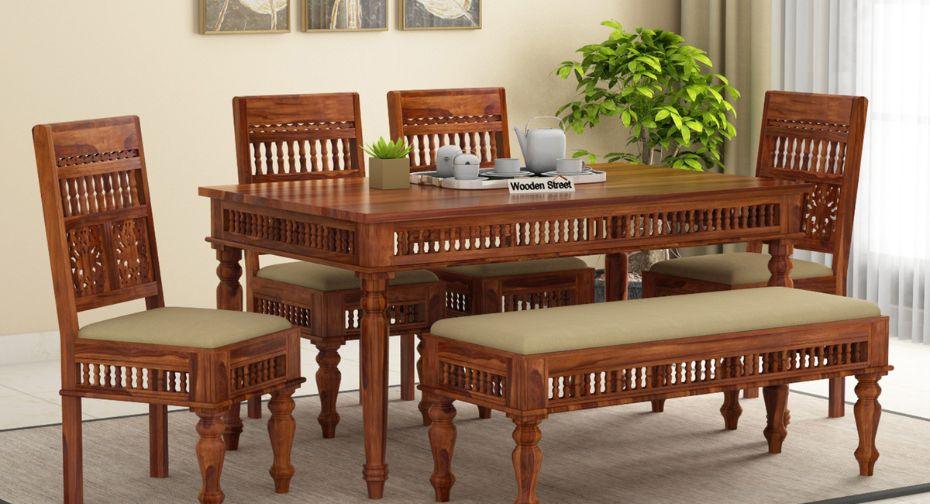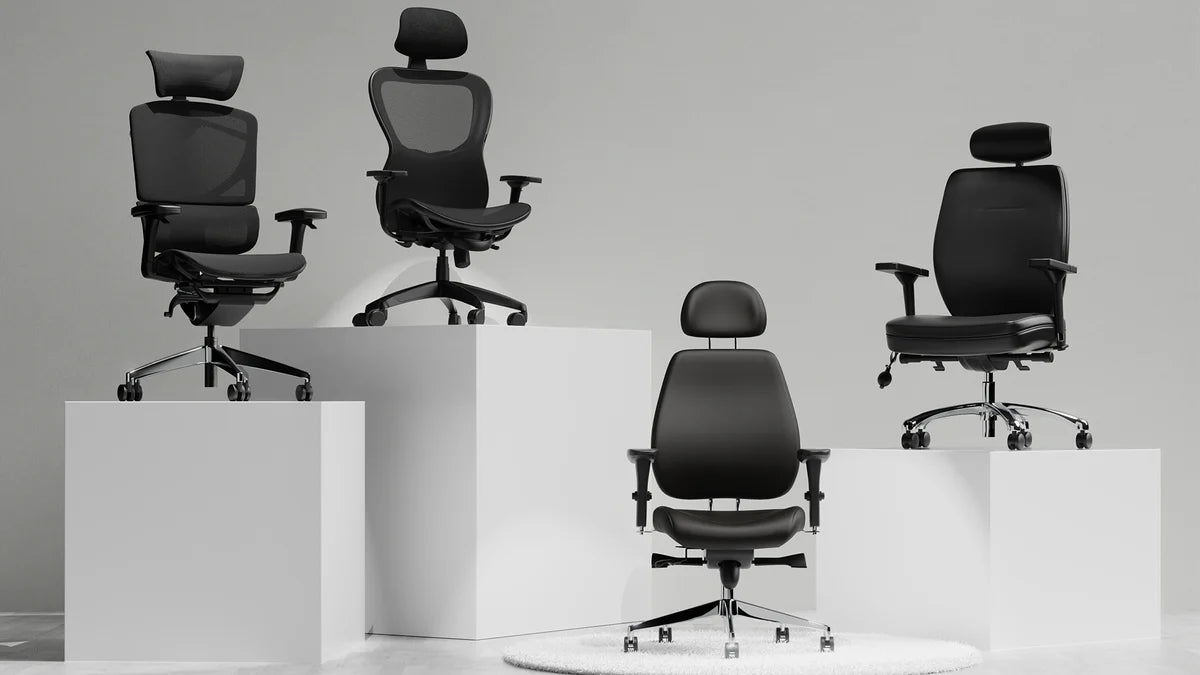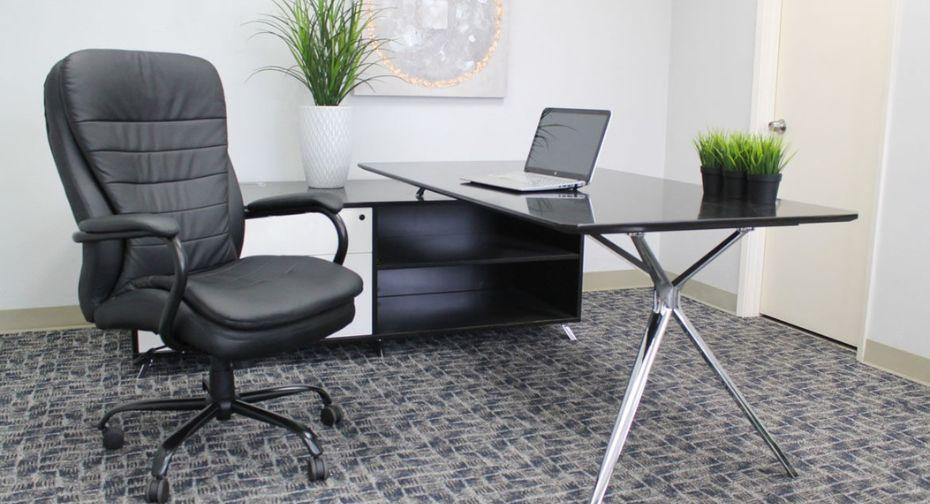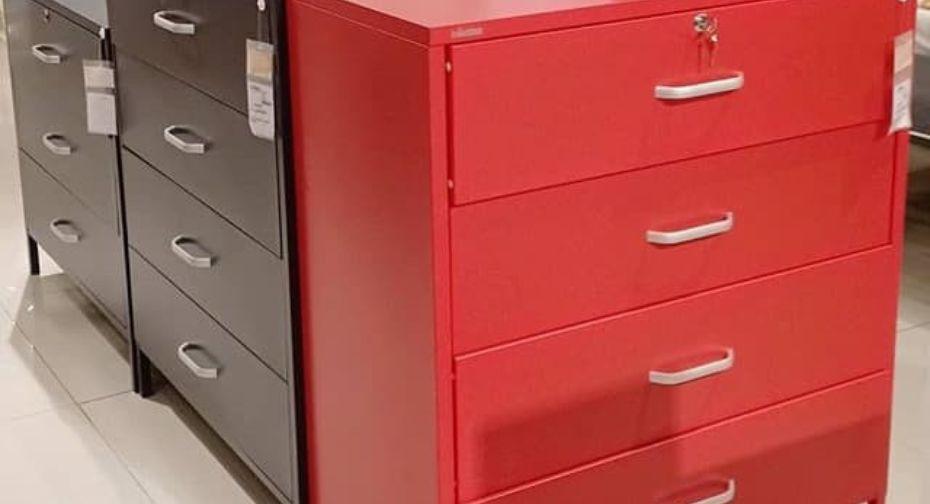Hours: Mon to Fri: 8:00am-17:30pm Sat: 9:00am-13:00pm
Hours: Mon to Fri: 8:00am-17:30pm Sat: 9:00am-13:00pm
Desks & Tables
Chairs
Office Storage
Accessories

HOW MANY CHAIRS AT A 60 ROUND TABLE FITS PERFECTLY
February 24, 2024 4 min read
When considering the setup for an event, meeting, or dining arrangement, one of the key questions that often arises is how many chairs can fit at a 60-inch round table. This size of table is popular for its ability to facilitate face-to-face interaction among all seated, making it a favorite for weddings, conferences, and family gatherings. In this article, we delve into the factors that influence seating capacity and offer practical advice for event planners and hosts alike.
Understanding Table Sizes And Seating Capacity

A 60-inch (5 feet) round table is considered a standard size, capable of accommodating a varying number of guests depending on several factors. When planning events or setting up dining areas, understanding the relationship between table sizes and seating capacity is crucial. This knowledge helps in ensuring comfort while maximizing space. Below is a guide on different table sizes and the approximate number of people that can be comfortably seated at each.
Round Tables
48-inch (4 feet) Round Table: Can seat 4-6 people. Ideal for smaller, intimate gatherings.
52-inch (round table): it can seat 6 to 7 people comfortably.
60-inch (5 feet) Round Table: Accommodates 8 people for formal events and up to 10 for more casual settings.
72-inch (6 feet) Round Table: Can seat 10-12 people, making it suitable for larger gatherings.
Rectangular Or Oval Tables
6-foot Rectangular Table: Typically seats 6-8 people, with three on each side and one at each end.
8-foot Rectangular Table: Can accommodate 8-10 people, providing ample space for a formal dining setup.
10-foot Rectangular Table: Suitable for 10-12 people. This size is often used in banquet halls and large family gatherings.
Square Tables

36-inch (3 feet) Square Table: Comfortably seats 4 people, perfect for small, casual meals.
48-inch (4 feet) Square Table: Can seat 4-8 people, depending on the arrangement and purpose of the gathering.
Factors Affecting Seating Capacity
While arranging an event it’s necessary to understand how many people can fit at a 60-inch round table so let’s discuss how many people can fit comfortably at a 60-inch round table.
Event Type
A major factor in deciding seating capacity depends on the type of event. For formal events where a full meal is served, more space per person is required to accommodate dinnerware, glassware, and elbow room. In contrast, for casual gatherings or meetings where less tableware is needed, you can fit more people around the table.
Table Setting And Centerpieces
The size and complexity of table settings and centerpieces can significantly affect how many individuals can be seated. Elaborate settings with multiple pieces of tableware or large centerpieces will reduce the available space per guest.
Chair Size
The width of the chairs used also impacts how many can be placed around the table. Bulkier chairs with arms will require more space than slim, armless designs.
Personal Space And Comfort

Comfort is a subjective measure and varies from one individual to another. Generally, a more spacious arrangement is preferable for longer events to ensure guests remain comfortable.
Seating Capacity Guidelines
For a 60-inch round table, the seating capacity can generally range from 8 to 10 people:
Casual Events
In cases where the event is more casual, or if minimal tableware is used, it's possible to accommodate up to 10 guests. However, this setup is best suited for shorter durations to maintain comfort.
Maximizing Seating Comfort And Interaction
To ensure a pleasant experience for all guests, by adhering to these guidelines, you can create a professional and respectful seating arrangement around a 60-inch round table, conducive to productive discussions, decision-making, and networking. The ultimate goal is to facilitate communication and respect among all participants, for making the event as effective and enjoyable as possible consider the following tips:
1. Opt For Slim Chairs
Choosing chairs with a slimmer profile can allow you to fit more people around the table without significantly compromising comfort.
2. Minimalist Centerpieces
Selecting simple, compact centerpieces can free up valuable table space, making room for additional settings.
3. Consider Table Overlays
Utilizing table overlays or extenders can offer a bit more surface area, which is particularly useful for formal events with larger table settings.
4. Space Management
When planning the layout, ensure there's enough room between tables for guests to move comfortably. This is crucial for events with a higher number of attendees per table.
5. Hierarchy And Positioning
In a professional setting, it's crucial to respect the hierarchy. Place the most senior or important person at the table in a position facing the room's entrance or in the spot considered the "head" of the table, even though round tables don't have a traditional head. This position is symbolic of respect and leadership.
6. Equal Access
Ensure that every attendee has equal access to shared resources on the table, such as documents, refreshments, or technology. This encourages collaboration and participation from all attendees.
7. Visibility And Engagement:

Arrange seating so that every participant can easily see and interact with each other. Avoid placing people with their backs to a speaker or presentation area, ensuring everyone feels included and engaged.
CONCLUSION
For How many chairs at a 60’’ round table fit perfectly so, don’t need to worry as it offers versatile seating arrangements that can be tailored to various types of events and preferences. By considering factors such as the event type, table setting, chair size, and guests' comfort, planners and hosts can make informed decisions to create an inviting and functional space. Remember, the key to successful event planning lies in balancing practicality with the aesthetic and comfort needs of your guests, ensuring an enjoyable experience for all involved.
FAQS
1- What Size Room Can Hold A 60-Inch Round Table?
The minimum room size to comfortably hold a 60-inch round table, allowing for chairs and clearance space around the table, should be 180 inches by 180 inches. This is equivalent to 15 feet by 15 feet. This size ensures there is enough space for seating and movement around the table.
2- How Many Chairs Can Fit Around A 52-Inch Round Table?
Around 52 inches 6-7 people can sit comfortably. However, it also depends on the size of chairs try to keep minimal size chairs
Leave a comment
Also in News

Creating an Ergonomic Workspace: Boost Comfort and Productivity with Posture Seating in Modern Offices
November 13, 2024 3 min read



















